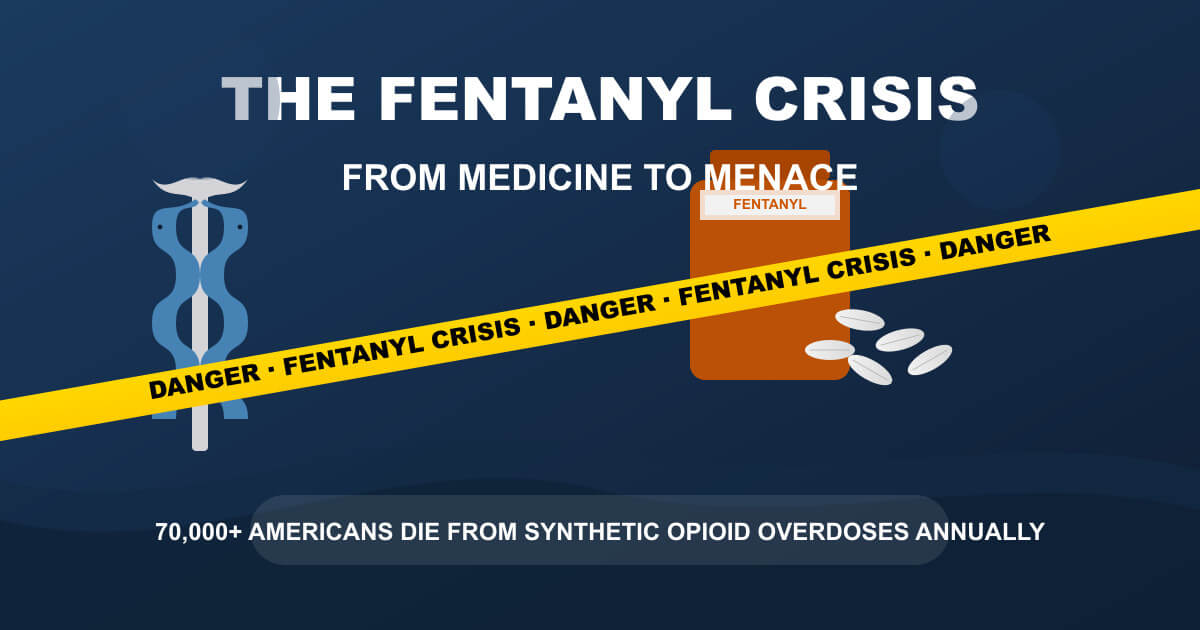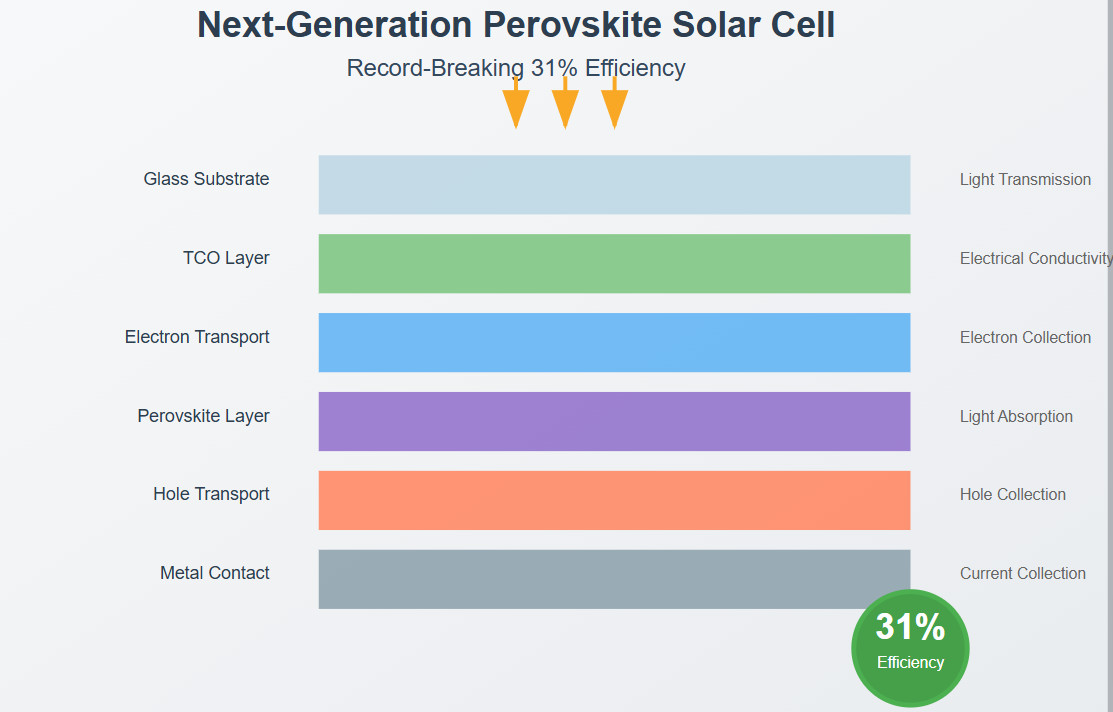Are you constantly tired of feeling controlled by your phone? Do you find yourself anxiously checking notifications, only to feel overwhelmed once they disappear? In our digitally-driven world, it’s incredibly easy to get trapped in an endless cycle of likes, shares, and updates.
Indeed research indicates that excessive screen time can lead to increased stress levels, decreased attention spans, and even reduced empathy towards others. It’s no wonder that digital detoxing has emerged as the latest self-care trend – an opportunity to disconnect from the digital realm and reconnect with yourself.
Understanding Digital Addiction
Digital addiction is a complex phenomenon arising from the intricate interplay of various neurological processes. Digital engagement triggers the release of dopamine and other neurotransmitters, driving us towards pleasure-inducing activities.
Meanwhile, regions associated with craving and motivation become overactive, leading individuals down a slippery slope of addictive behaviors. Although the prefrontal cortex sets goals, it lacks control over actions taken to achieve those goals. This lack of top-down control allows addiction-prone neural networks to dominate behavior, even when we’re aware it’s not serving our best interests.
Social influences also play a crucial role, driving people towards addictive behaviors as a means of achieving connection with others. As digital addiction arises from the interplay of these various factors, understanding its basis requires exploring multiple perspectives on this phenomenon.
How Dopamine-Driven Behavior Contributes to Online Overload
As we dive deeper into digital addiction, it becomes clear that our brains are wired to crave these online experiences. Dopamine-driven behavior stems from various factors, and our brains release dopamine when engaging with stimulating activities or substances, triggering feelings of pleasure and satisfaction. However, this natural process can be distorted when applied to digital behaviors.
Social media platforms often rely on subtle psychological tricks to keep users engaged for extended periods, using infinite scrolling features, prioritizing user engagement over time spent or emotional connections, and constant notifications, even when you’re not actively using the platform. These tactics manipulate your brain’s reward system by releasing dopamine each time you interact, creating a perpetual loop of craving more online experiences.
It seems our brains are being constantly stimulated in this manner, fueling digital addiction with far-reaching consequences, from decreased social skills to increased anxiety and depression.
Why the Concept of ‘FOMO’ Fears Drive Digital Dependence
This perpetual fear of missing out, or FOMO, drives digital dependence. This psychological phenomenon creates an overwhelming sense of anxiety in people who feel compelled to stay connected and updated on social media platforms. As a result, individuals succumb to digital addiction as they frantically scan their feeds in pursuit of validation through likes and comments.
The constant need for validation fuels this compulsive behavior, making it challenging to disconnect without feeling anxious or restless. FOMO triggers the brain into believing that staying informed is vital for maintaining self-image, relationships, and social standing.
People become accustomed to constantly checking devices out of dread of missing something important or not being part of an online conversation. It’s this constant compulsion that drives people to desperately scan their feeds, attempting to stay connected. These behavioural patterns are not conducive to achieving a successful digital detox.
Identifying Digital Distractions in Your Notification Settings
Even though our lives have become increasingly digital, it’s easy to overlook those subtle distractions in our notification settings. Those tiny notifications might seem harmless at first, but they can gradually erode your ability to focus and be productive.
You’re probably receiving notifications about updates from social media accounts you rarely use or apps that don’t add much value to your life. These notifications are more than just an annoyance; they can lead to a constant stream of interruptions in your daily tasks. Even those you consider friends might be sending repetitive messages that only serve as distractions from more important conversations.
Those “I’m bored” updates from a friend can seem like harmless small talk but can significantly disrupt your workflow. You’re not alone in dealing with digital distractions. Identify the sources of these interruptions and limit their impact on your day by tweaking notification settings or silencing them altogether.

Overcoming the Obstacles of Staying Connected
Digital distractions can indeed be overwhelming, like being in a toxic environment where everything around you tries to control and manipulate your behavior. You may find yourself constantly interrupted by notifications from various apps, emails, social media sites, news feeds, music services, and other online platforms demanding your immediate attention.
As you navigate multiple tabs on different web pages or apps without any logical connection during a task or project you’re working on, digital habits can make it challenging to focus. They constantly seek more information from various directions simultaneously, making it hard not to get distracted. It’s crucial that your awareness be heightened about how much these distractions have become an integral part of your life.
They can rob you of quality sleep, positive attitude, good self-image, and the ability to trust others enough to open up. Some signs that suggest digital distractions might be affecting you include:
– You’re always checking for new notifications.
– They make it difficult for you to work without any breaks or interruptions from constant notifications.
– The things they find most interesting tend more often in other directions than where your goal is, which makes it hard to achieve anything significant.
Digital distractions can drain mental resources and hinder productivity. As a result, the digital habits that fuel them require attention and adjustment. By acknowledging their presence and impact on daily life, individuals can take steps to better manage distractions for improved overall well-being.
How to Optimize Your Notification Preferences for Better Focus
When optimizing your notification preferences for better focus, it’s essential to consider the types of notifications that can affect your productivity. Start by thinking about the kinds of notifications that might be causing disruptions in your workflow. Notifications that constantly ping you with updates are likely worth evaluating; do these bring valuable information, or are they purely redundant?
Those apps or features within those apps that frequently update may have a direct impact on your focus and priorities. For instance, if you’re frequently getting pings about new emails from work-related conversations, it might be better to turn off push notifications for those apps. Alternatively, consider any alternative notification methods that could help minimize distractions in the first place.
Instead of depending solely on app-based updates, can you use a third-party service or plugin that provides similar information? This way, you’ll still receive relevant updates but without as much noise. You may also find settings within those apps allowing for customization options to optimize notification preferences further. For instance, if an app lets you configure push notifications per project or category, consider setting different levels of customization for distinct projects to suit their respective needs.
As your priorities evolve and new challenges emerge, this optimization process will require ongoing maintenance in adjusting notification preferences. To optimize our workflow even further, let’s explore how minimizing notifications can improve our focus.
Purge Your Digital Life
It’s essential to realize that digital detoxing is a process that requires you to think about your habits as an individual who genuinely cares about their personal life. You’re probably already using some of these strategies without even realizing it! It’s like deleting an unused app from your phone or canceling a subscription to something you don’t really use anymore.
It’s not rocket science, but if done correctly, it can greatly improve your daily routine and ultimately increase productivity. When it comes to digital detoxing, people often forget that their online presence is connected to real-life situations. There are so many things that happen in our personal lives before we even realize how much they affect other areas of our existence.
It’s like finding the right balance between keeping some relationships alive and letting others go for good! It takes a little bit of both, but we’ve got nothing left to lose except the constant digital distractions holding us back.
Replace Notifications with New Habits
During your digital detox, notifications can be a major obstacle in your journey towards autonomy and freedom from technology’s grasp. It will seem like an eternity without them at first. When you start using this new habit of not getting notifications on demand, it will feel as though you’re experiencing withdrawal or discomfort – as if you’re going through nicotine withdrawals.
Every time you try to access information that normally pops up in your notifications, you’ll feel a strong desire for instant gratification. The temptation to check updates constantly will be there, but don’t give in to it. In fact, the more you resist the urge to return to old habits and instead make new ones, the better equipped you’ll become at managing this newfound freedom.
Focus on the long-term positive effects that come from breaking free from technology’s hold. As time goes on and this new habit sets in, it will become second nature to accept not having instant gratification when checking updates. You may find yourself enjoying quieter moments without notifications as a welcome change once this new habit sets in.
Set Boundaries and Schedule Regular Tech-Free Times
Often, it’s essential to define clear limits on technology usage during specific periods or activities. Set aside dedicated blocks of time each week solely for yourself and those closest to you without any distractions from outside influences like social media notifications, email updates, or text messages.
The benefits include better sleep quality due to reduced blue light exposure, enhanced concentration levels because you’ve disconnected from countless irrelevant information sources, and a more profound understanding of your priorities through the reduction of noise in your life. As time goes on, scheduling regular tech-free times and setting boundaries becomes second nature.
These routines encourage self-reflection on why we’re so consumed by digital life in the first place. It’s remarkable how much clearer one can think once they’ve established a rhythm of disconnection.
Overcoming Digital Resistance
Digital resistance is the phenomenon where an individual’s digital habits and behaviors become so ingrained that they resist change, despite their best intentions. It’s a mental loop of confirmation bias, repeatedly acting in ways that reinforce existing behavior patterns. Individuals must acknowledge these loops and recognize that even with good intentions, they can be resistant to changing behavior patterns.
The key is recognizing this loop of confirmation bias within oneself – the moment one acknowledges this loop, there’s room for personal growth. To overcome resistance and break unwanted digital habits, identify specific triggers or cues associated with these resistant thought patterns. This helps an individual recognize their mental loops before they happen and prevent future instances from occurring again.
It’s essential to have a growth mindset towards change itself. If one wants the brain to accept changes in thinking about how things are, look at new situations as opportunities for learning and improvement. By incorporating this new knowledge into an existing framework of understanding, create a mental model that accepts information beyond what is already known.
Set aside specific times each day to act on desires without using technology at these times. This helps the brain understand when it’s necessary to stop thinking about an activity in order to perform other functions more effectively.

Identifying Your Digital Tethers and Triggers
Over time, digital resistance has become an increasingly prevalent issue, making it hard to ignore when our online habits have stagnated. Feeling overwhelmed by too many tabs open at once or having the same conversations with acquaintances without making meaningful connections – these are just a couple of signs of digital resistance.
Recognizing and acknowledging these patterns within ourselves is key to overcoming them. By setting aside dedicated blocks of time for specific tasks, minimizing distractions by creating a conducive environment, or engaging with others through more meaningful interactions, we can break free from our unproductive habits.
The next stage in this process will involve identifying the specific digital tethers and triggers that enable digital resistance to take hold.
Strategies for Overcoming Resistance and Staying Offline
What are some signs that someone might be resisting the benefits of technology or digital media and struggling to stay offline? Perhaps they’re intimidated by all the jargon and technical terms surrounding the internet of things. It could also be that their social skills are lagging behind due to a lack of understanding or interest in these new ways people communicate.
The reluctance to adapt might manifest itself through an overemphasis on tradition, routine, or conformity, often fueled by fear – they’re afraid others will think them old-fashioned for not jumping onto the digital bandwagon. They may be hesitant to invest time and effort into learning about all this new technology.
People like that might appear resistant to change, with their heads buried in the sand or stuck on traditional methods. It seems as though they’re letting others do the heavy lifting while they keep going through the motions. They may also seem disconnected from society’s evolving digital pulse and struggle to find relevance without it.
The key is to recognize these signs of resistance within yourself or loved ones. Once you can identify the behaviors holding you back from digital wellness, you can start implementing strategies to overcome them.
Enabling Digital Detox through Technology-Assisted Solutions
Through careful consideration of the role technology plays in facilitating digital detoxing, it’s essential to take a step back and assess our reliance on devices. As we explore this concept, virtual reality can be utilized to create immersive experiences that allow users to disconnect from their daily routines without feeling deprived of any sensory inputs.
This could lead individuals away from an overreliance on their gadgets and towards a healthier relationship with digital devices. It’s crucial we examine the impact these technologies have on our daily lives, not just as tools, but as reflections of ourselves. Mobile apps specifically designed for reducing screen time or promoting analog activities offer innovative solutions to curtailing addictive habits while providing users with essential skills for long-term adaptation.
Furthermore, an integration of IoT systems into smart home devices would enable a seamless transition between digital and non-digital experiences by gradually reducing one’s reliance on connected appliances.
By doing so, individuals can learn to function within their environment without the constant need for technological intervention. Considering the impact technologies have on our daily lives and how we perceive ourselves through these mediums is crucial in enabling digital detoxing.
Leveraging AI-Powered Tools for Effective Digital Detox Implementation
Think carefully about technology’s role in facilitating digital detoxification, and you’ll find that it plays a vital part in helping individuals break free from the shackles of constant connectivity. By leveraging AI-powered tools, we can create an environment that promotes relaxation and rejuvenation. AI-driven apps can analyze user behavior patterns to identify areas where they may be engaging in excessive digital activity.
These insights guide users toward more sustainable digital habits, fostering a healthier balance between online engagement and offline life. Moreover, AI-assisted virtual assistants offer personalized guidance for detoxification practices such as meditation or yoga.
By leveraging these tools’ capabilities in providing expert advice and tracking progress through gamification mechanisms, users are more likely to adopt healthier digital habits and experience the mental clarity that comes with being disconnected from constant digital stimulation. AI-powered data analytics monitors user activity during detox periods, offering suggestions for optimizing their time spent away from screens.
By utilizing this intelligence in offering actionable recommendations for better work-life balance, these tools facilitate a smoother transition toward reduced screen exposure during detoxification efforts.
Integrating Wearable Devices in Facilitating Continuous Digital Detox Progress
When wearable devices become a habitual part of your daily routine, you may notice improvements in your mental clarity and ability to focus on tasks without distractions. These subtle benefits can be attributed to the gradual decrease in digital stimulation, as monitored by these innovative tools.
Wearable devices such as smartwatches or fitness trackers are incredibly helpful for those seeking digital detoxing solutions. These devices not only track physical activities but also offer features like mindfulness reminders and meditation guidance, enabling you to stay on track with your detox goals.
Mastering Digital Detoxing
It’s time to take a digital detox and reboot your relationship with technology. The constant stream of information can be overwhelming, causing feelings of anxiety and stress. By taking a break from the digital world, you’ll find that you’re more productive, creative, and better equipped to handle life’s challenges.
Start by setting boundaries for yourself – like not checking your phone every hour or limiting your screen time – and watch how it improves your overall well-being. Remember, technology is meant to enhance our lives, not control them. It’s time to take back control of your digital life.











I love this article just by the fact that it’s so relatable. Truth is we are all one way or the other guilty of digital addiction. lol!